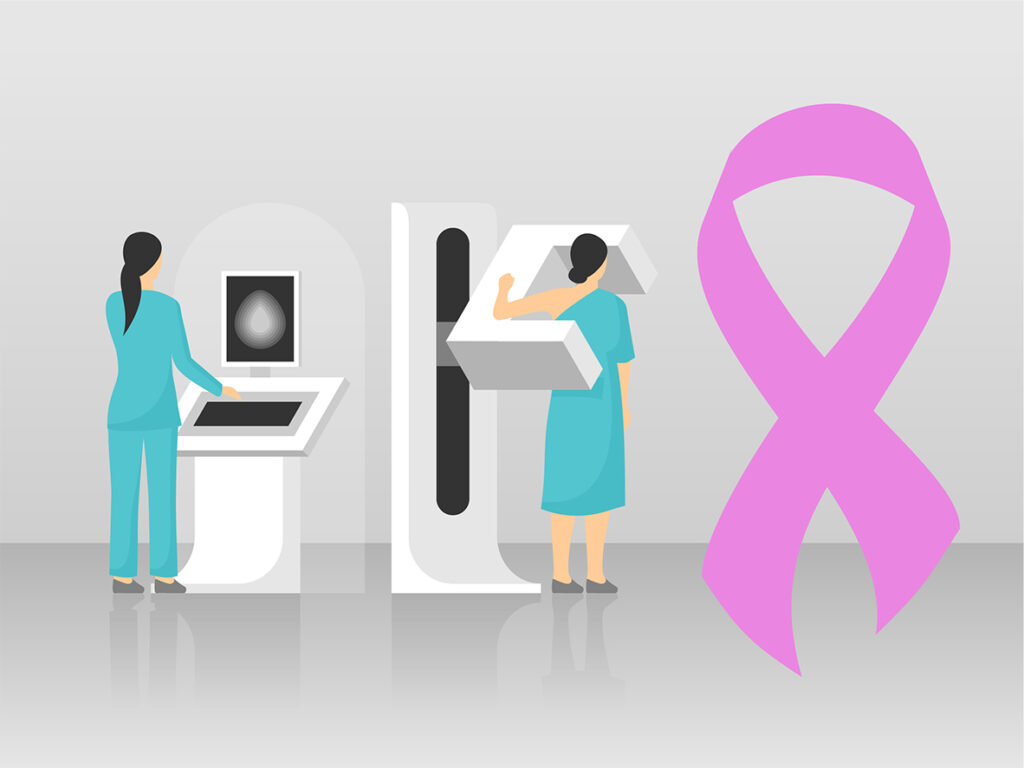The Role of Health Insurance in Access to New Medical Technologies: A Case Study of BRCA Genetic Testing for Breast Cancer Patients
While working on her master’s thesis, Colorado student Emily Hammad, encountered a female patient recently diagnosed with breast cancer and struggling to plan for the future. The patient had been referred for genetic testing to help her make informed decisions but she had discovered her insurance would not cover the cost of testing. She would have to pay out-of-pocket costs for the extremely expensive test. Sadly, this is an all too common occurrence.
Emily remembered this patient years later while she was a PhD candidate in the Health And Behavioral Services Department at University of Colorado Denver. As part of her dissertation, she used data from the Colorado All Payer Claims Database (CO APCD) to study the role health insurance plays in access to medical technology – specifically genetic testing for breast cancer.
Why is Genetic Testing Important?
Testing for the Breast Cancer (BRCA) gene is conducted via blood draw to determine if there are any harmful mutations within two specific genes (BRCA1 and/or BRCA2). Should the harmful mutations exist, patients have increased risk to developing certain cancers, such as breast cancer. Family members of the patient, including future generations, would also be at a higher risk. Using a custom data set from the CO APCD, along with data from the Colorado Central Cancer registry Emily hoped to dig deeper into what factors were deterring patients from accessing these potentially life-saving services.
 The data helped Emily view the finer details of health insurance claims related to a breast cancer patient’s experience as well as how trends in treatment altered based on regulatory changes. When the United States Supreme Court ruled in 2013’s Association for Molecular Pathology (AMP) v. Myriad Genetics Inc. that “naturally occurring” human genes can’t be patented, trends shifted toward decreasing prices and increasing access to genetic tests for patients of all payer types. Then, as new technology was developed, prices skyrocketed again and payers once more began limiting access to the testing.
The data helped Emily view the finer details of health insurance claims related to a breast cancer patient’s experience as well as how trends in treatment altered based on regulatory changes. When the United States Supreme Court ruled in 2013’s Association for Molecular Pathology (AMP) v. Myriad Genetics Inc. that “naturally occurring” human genes can’t be patented, trends shifted toward decreasing prices and increasing access to genetic tests for patients of all payer types. Then, as new technology was developed, prices skyrocketed again and payers once more began limiting access to the testing.
Research like Emily’s can help Colorado policymakers to better understand how differences in health insurance coverage are related to socio-economic status and how these differences can lead to health disparities. This research has the potential to be applied to different types of medical technologies, such as chemotherapies, and could make a lasting impact for patients seeking access to certain treatments or tests.
Emily is currently an Assistant Professor at UCSF in the Center for Translational and Policy Research on Precision Medicine and is happy to share that she continues to develop new research projects that build on the work she developed as part of her dissertation project and the CO-APCD data set.

